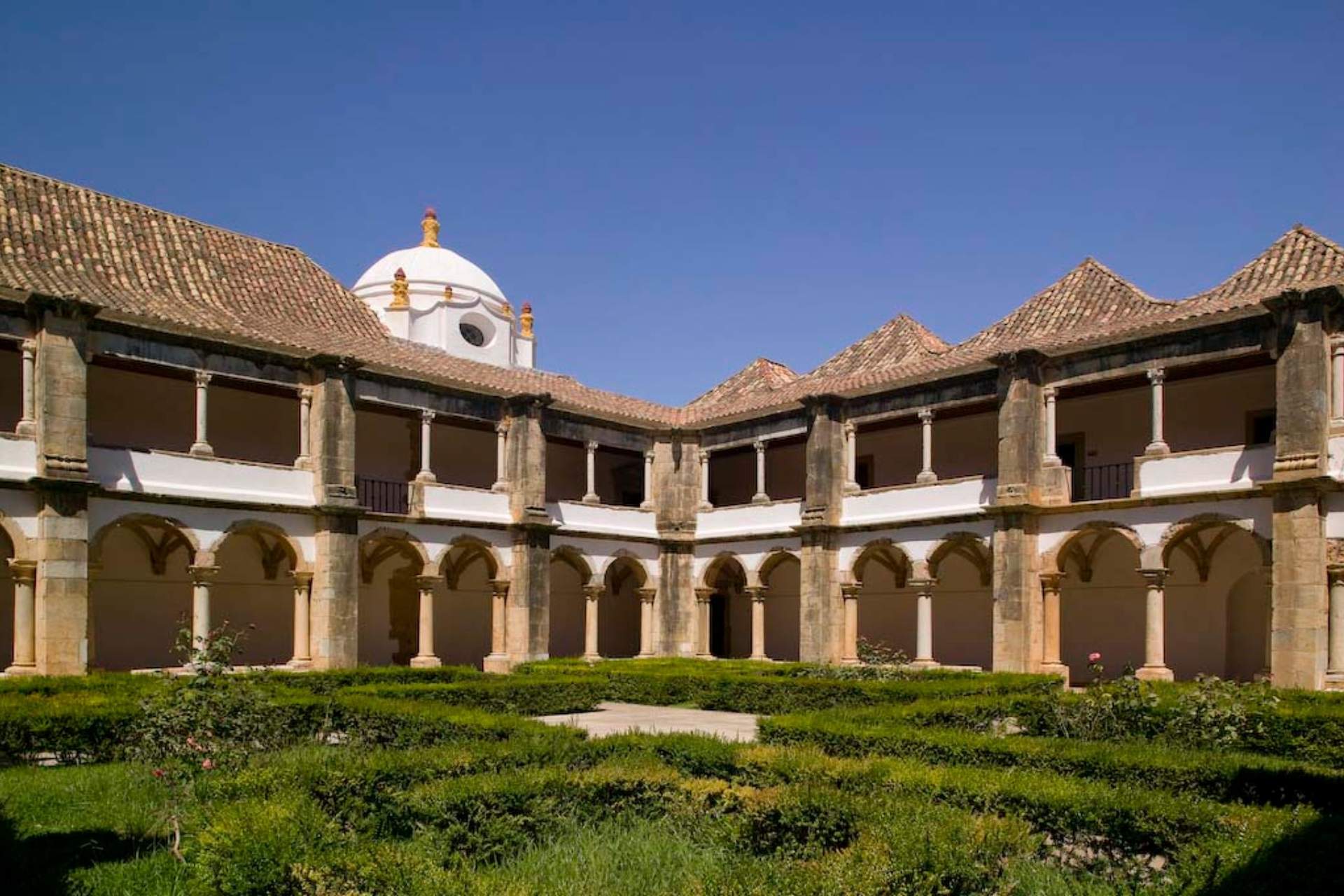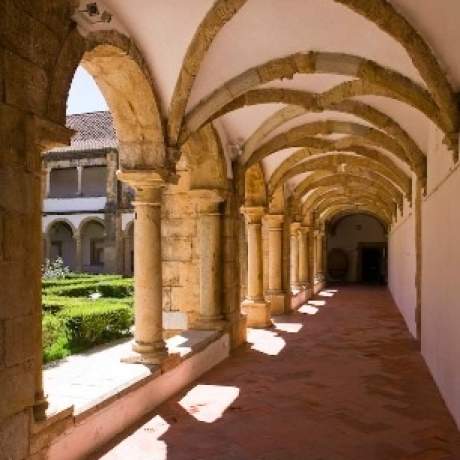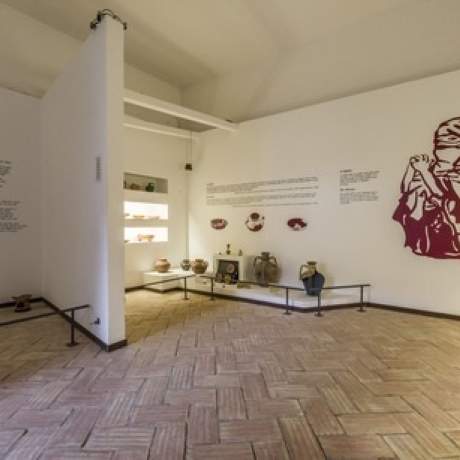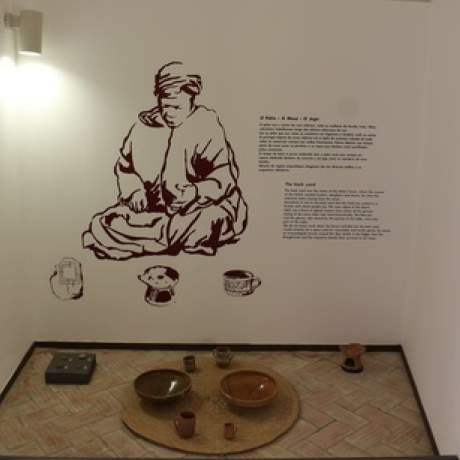
Municipal Museum of Faro
The Municipal Museum of Faro, the second museum to be created in the Algarve in 1894, is housed in the former female convent of Nossa Senhora da Assunção , one of the jewels of Renaissance Algarve architecture completed in 1548. The archaeological remains are the most significant, integrating objects from prehistoric, Roman and medieval times. There we can find real archaeological treasures from the Islamic period.
In the long-term exhibition of the Islamic House, the objects, from the Islamic city of "Santa Maria Ibn Harun” (Faro, from the 13th century), simulate the spaces of an Islamic house.
The "talhas" (jugs) stand out - vessels par excellence in the Islamic world with utilitarian functions. Profusely decorated pieces, they were used for storing and transporting liquids or grains, serving tables or facilitating the ritual of ablutions, providing water needed to purify the face and different parts of the body.
Another of the exhibition's ex-libris is the epigraphed marble tombstone, marking the construction of a tower in Silves, perhaps that of the Sun Gate, intended to reinforce the city's defensive system. The lavishly decorated inscription identifies who ordered the construction of the gate - the Almohad prince Abu l-Ula Idris, son of Almanzor, whose name was erased by Ibn Mahfuz when he established a small independent kingdom in Silves in opposition to the Almohad.
Address:
Largo Dom Afonso III 14, Faro
Phone:
Email:
Website:
Timetable:
Tuesday to Friday: 10.00 - 18.00, Saturday - Sunday: 10.30 - 17.00
Closing day(s):
Monday
Close
Search results for:
No results were found matching your search.
Information available soon.





